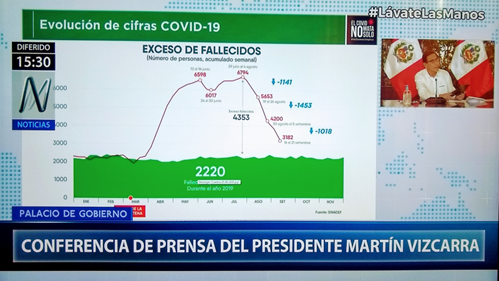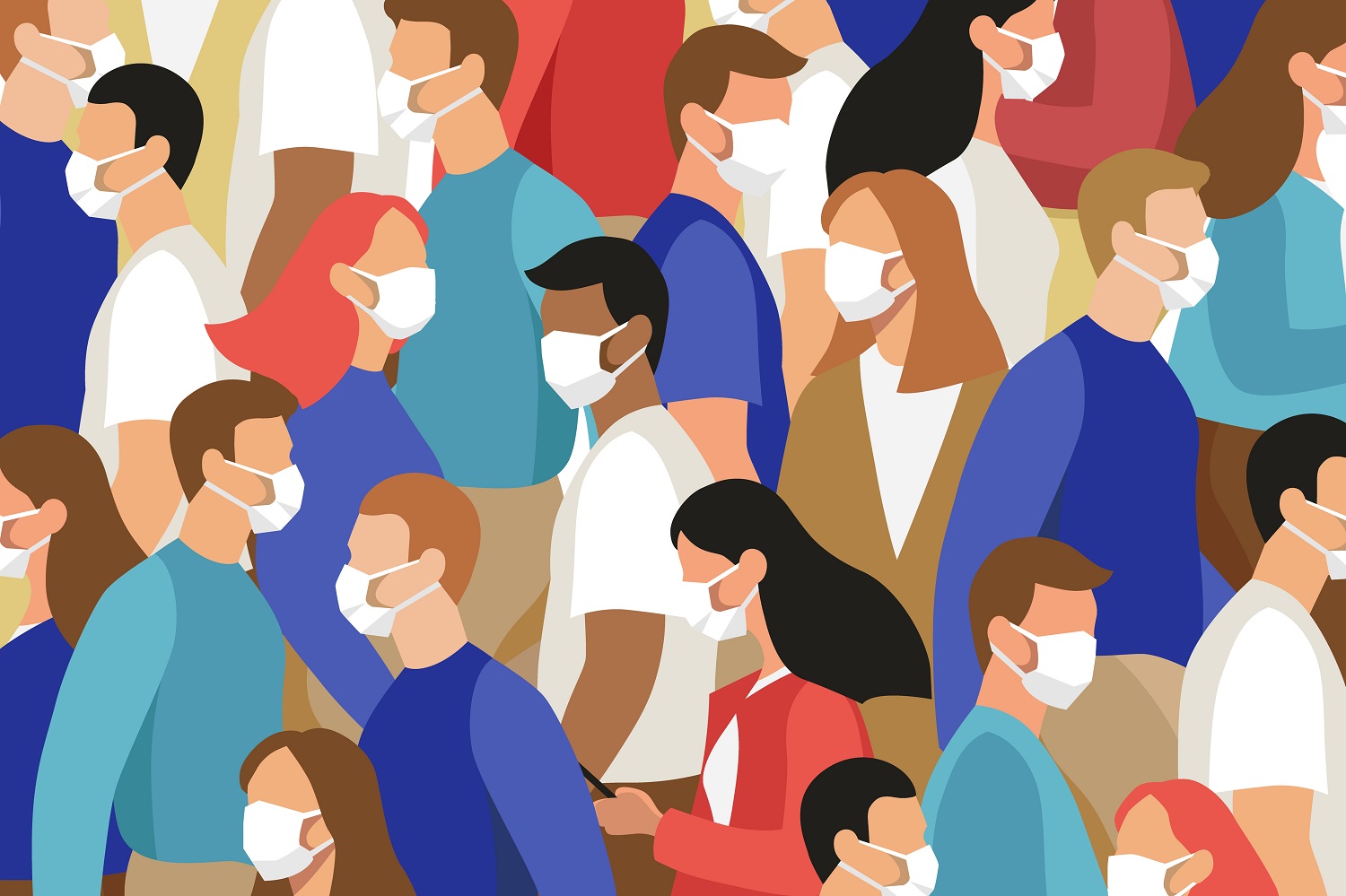Recommended
September’s crisp fall weather is arriving, and with it, another annual United Nations General Assembly (UNGA), with thousands of people descending upon New York, buzzing about what should be the world’s priorities and objectives.
Fortunately, the world already has a set of #goals that were developed over an extensive consultation period, reflecting a shared set of global priorities. These goals, called the Sustainable Development Goals (SDGs), are on the agenda this week during the “SDG Summit” to mark the midpoint for their deadline in 2030.
The goals are many: some 17 goals plus hundreds of indicators but among these goals, there is a common thread across many of them: Saving lives by counting the dead.
Saving lives is perhaps one thing most politicians can agree upon. PEPFAR, for example, was hinged upon the premise of saving 20 million lives—or to put it differently, averting 20 million deaths.
Indeed, five of the 17 SDG goals refer to reducing deaths by various margins. Saving lives encompasses nine targets and 12 indicators. Fortunately, tucked away in the final goal, SDG #17, is an indicator about bolstering data systems, ensuring the timeliness, reliability, and quality of data that permits disaggregation at all levels (SDG 17.18).
At which point you might ask: How can data systems save lives?
The adage goes “What gets measured gets done.” If the objective is to save lives and reduce deaths, it is necessary that deaths are measured. These data systems are aptly named “civil registration and vital statistics (CRVS) system.”
Recording these literal vital events—births, deaths, marriages, and divorces, and causes of death—and then analyzing them to develop and implement social and health policy is the function of CRVS systems.
An effective CRVS system in a country registers and issues certificates for all births and deaths in a timely fashion and disseminates this information through vital statistics. The system also includes causes of death, which are required to understand the health of populations and for achieving the SDGs.
A gigantic mystery: 40 percent of the world’s deaths
But it turns out there remains a giant mystery of the 40 percent deaths that are unregistered worldwide. An unregistered death means we have no record of these deaths.
Yet as the global community tries to make progress on reducing deaths from a variety of causes (such as HIV/AIDS, tuberculosis, malaria, and, quite recently, COVID-19), millions of deaths remain uncounted.
(And so, you might ask, how exactly do we know if we are making progress? That’s a separate problem, which we refer you to consider in this previous blog about the wonder, but also limitations, of modeling.)
Despite a specific target to achieve nearly 80 percent death registration (SDG 17.9.2), the SDG Report does not report how many deaths are being measured.
The COVID-19 pandemic revealed profound repercussions of fragile systems in countries. The excess mortality due to COVID was a persistent problem that demonstrated the true toll of the pandemic when reported numbers weren’t enough. Although there are a variety of sources of death and cause of death data, there is no substitute to a functioning CRVS system. We’ve argued that death data is crucial for surveillance of pathogens of pandemic potential—and with it, investing in high-quality CRVS systems.
Everyone counts locally
Although there is still much more to be done, there are areas of optimism. Some organizations are working heavily in this space, including the UN, the World Health Organization, the Bloomberg Philanthropies Data for Health Initiative, and others.
It’s not easy to build data systems to improve population health and save lives. But there are shining cases where it’s working and lessons to be shared.
In Mumbai, India, for example, nearly all deaths are recorded with a specific cause. Analysis by the city government found that death rates were elevated from diabetes and heart disease, in turn initiating a policy to expand hypertension and diabetes screening services, particularly in the city’s slums. With it, almost a million people aged 30+ years have been screened, and this primary prevention screening in turn has identified 8,000 people with high blood pressure, ultimately reducing the risk of preventable deaths.
In Peru, prior to COVID-19, the country had developed a robust online death registration system, which was swiftly mobilized to track excess mortality due to COVID-19. The Ministry of Health used the system to monitor and guide the pandemic response and to communicate mitigation measures to the public. Without these preemptive actions, the mortality burden could have been far more devastating. These two examples give a glimpse of what’s possible.

Former President of Peru, Martín Vizcarra, presenting excess mortality data in a COVID-19 press conference in 2020.
But at these global policy discussions in New York, we need to mind the (data) gap. We need more global attention not only from local and national policymakers but also from development partners and financiers who have been supporting countries to do this work.
Data can empower citizens and policymakers to save lives locally. And while a global gathering on SDGs is valuable, we need that attention focused on the local. Locally counting death saves lives, which we already agree is a hallmark of the SDGs.
Disclaimer
CGD blog posts reflect the views of the authors, drawing on prior research and experience in their areas of expertise. CGD is a nonpartisan, independent organization and does not take institutional positions.







